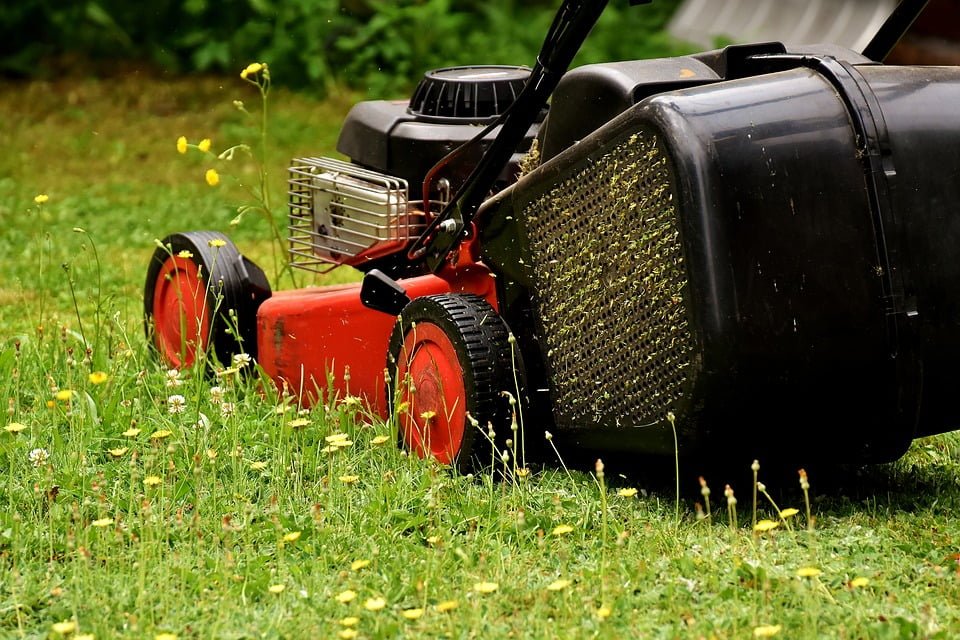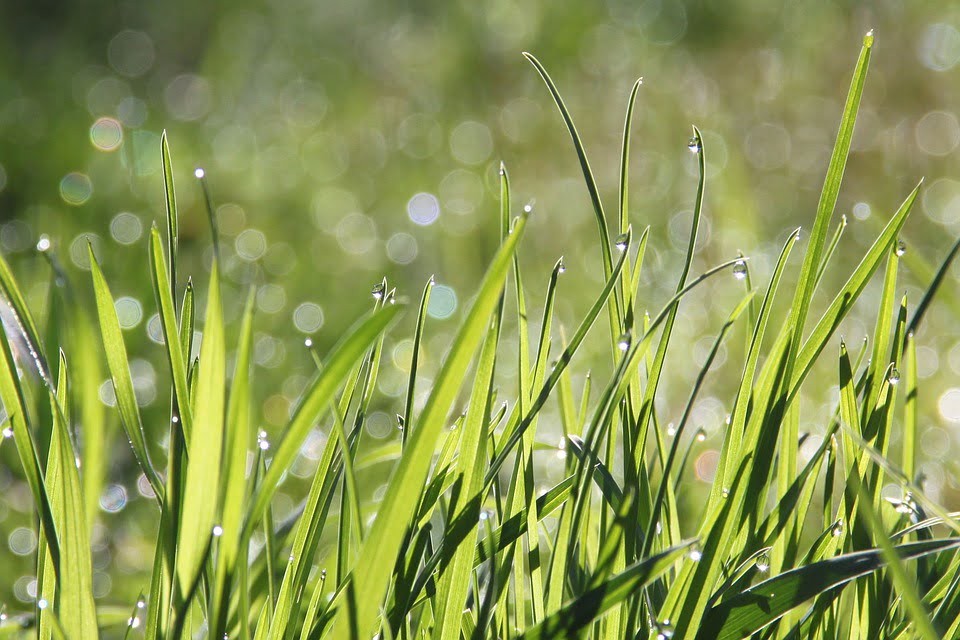A beautiful lawn is a matter of pride for every homeowner. No matter the size, a properly maintained lawn inspires a feeling of a well put-together garden, house, and even the homeowner seems reliable and trustworthy, don’t they? Now that we have established its importance, let’s see how you can take good care of your green patch.
What Did You Plant?
Before you take any further steps, ask yourself one question: do you have the right grass? More often than not, the answer to why someone’s lawn is in an excellent or awful state lies in the chosen type of grass. Depending on where you live, the climate and the soil quality, you can opt for the grass which is most likely to flourish. Most people typically opt for one of several grass types, each with its own strengths and weaknesses: Couch Grass, Tall Fescue, Zoysia Grass, Buffalo Grass, and Kikuyu Grass.
Mindful Mowing
When discussing lawn maintenance, regular mowing is one of the first and most daunting tasks a homeowner thinks of. For some, it’s a boring chore. For others, it’s a pleasant activity. Either way, there are a couple of things you should be careful about because there is more to mowing the lawn than simply turning on the mower and going up and down the patch.
- Check the blades – these must be sharp if you are to make your mowing efforts worthwhile. Namely, dull blades will only tear the grass instead of cutting it, which can seriously harm your lawn’s quality. Make sure to sharpen the blades regularly. You can do it on your own, or at the local garden store.
- How high – don’t get tempted to crop the grass as short as possible just so that you don’t have to do it all over again soon. This can only backfire at you. Grass that’s too short dies off soon enough, so you’ll only have some extra work on your hands.
- How often – the general rule says you should be mowing your lawn once a week. If you happen to be living in a hot place with a lot of sunlight, the frequency of mowing usually reflects this. Where in colder climate, the grass won’t grow as fast, which will also impact the frequency of mowing.
- When – the best time for mowing is said to be mid-morning. You should always try to do it when the grass is dry. Otherwise, you could end up with some wet grass lumps in your mower.
Hydration Is Essential
Just like our body enjoys plenty of water, so does your lawn. Watering the lawn isn’t just about programming your sprinklers to do their work and hope for the best. Here are some details you should bear in mind.
- The best time – early morning is said to be the optimum time for watering the lawn. This is the most effective period because the roots will get enough water and moisture before the sun dries out the water. Watering at night seems like the logical option in this respect, but it can actually leave you with soggy soil.
- How much is enough – This mainly depends on the season, doesn’t it? What can be said with some certainty is that it’s more effective to water deeply approximately once a week for an hour (or as much as it takes to apply 2.5 cm of water) than to do it every single day for 15 minutes. Basically, three times a week is more than enough.
- Check the outcome – not everybody is lucky enough to have a perfectly flat piece of land, which means you should get to know your lawn very well. There will always be some patches of dry soil or some puddles here and there, so try to avoid creating them.
Feed It Well
People need food, and lawns need their fertilizers. Just like there are the right and wrong types of grass for your land, there are good and bad fertilizers. In order to be sure you have the best one for your lawn, check the pH of the soil regularly.
Moreover, timing is essential. Fertilizers are to be added only when it’s a growing season. Also, a spreader or a calibrated spray nozzle is much more effective than your hand. Not to mention they are faster, too.
Say No to Weeds
First of all, the good news. If you are cutting your grass high enough and watering it well enough, and applying the right amount of fertilizer, the chances of weeds taking over are minimal. The bad news is you are bound to have some, as they are impossible to avoid. Still, here are a couple of tips.
- Corn gluten meal is non-toxic and it doesn’t let the weeds germinate. Just don’t use it when you already have the weeds – this works only as a precaution.
- Pull the weeds out by hand – it’s slow, but it helps.
- Mulch is your friend – cover all the right areas with mulch as this prevents spreading weeds.
- Use the right herbicide.
Summing Up
So, there you have it. Plenty of pieces of advice and some hard work await you. Nevertheless, once you take a look at your picture-perfect lawn, it will all be worth it.
Author Bio: Theodora is a passionate blogger from Sydney and she is someone you would call an IT nerd. Also, she takes great interest in psychology and helping people deal with their mental and anxiety issues. Besides that, she loves martial arts and making houses beautiful. You can connect with her on Facebook andTwitter.














